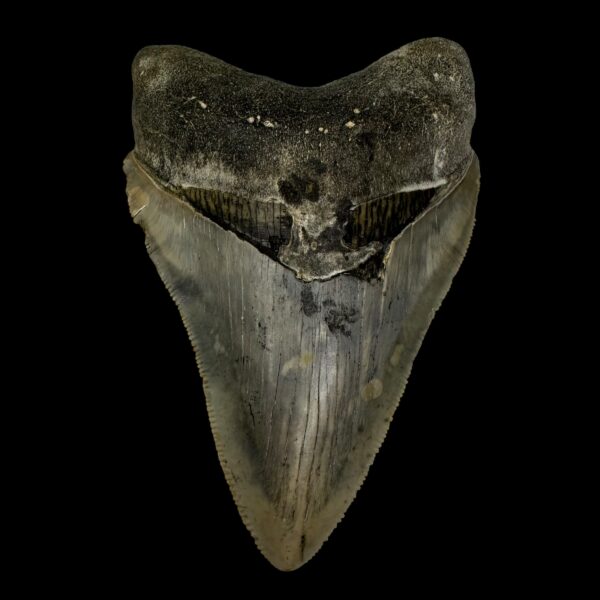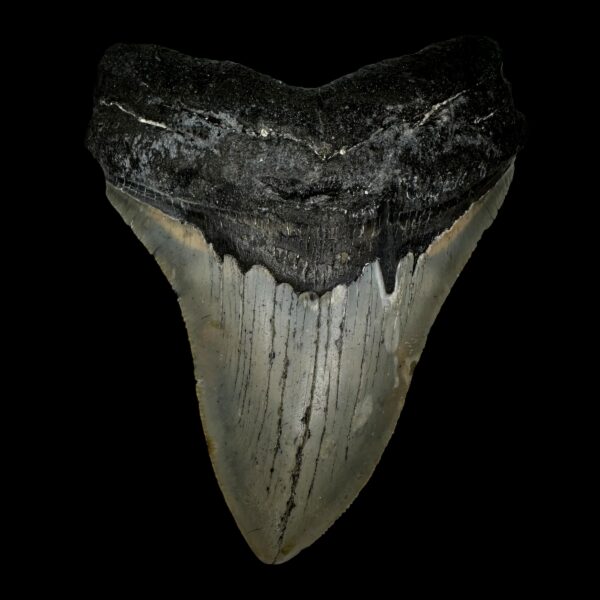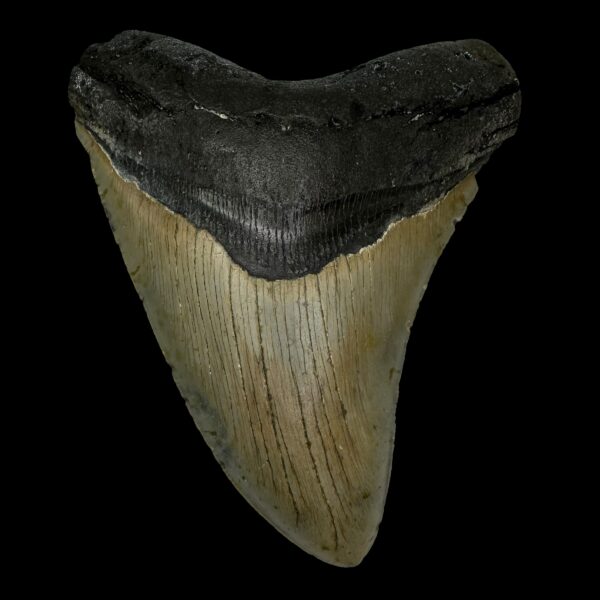The Prehistoric Titan of the Seas
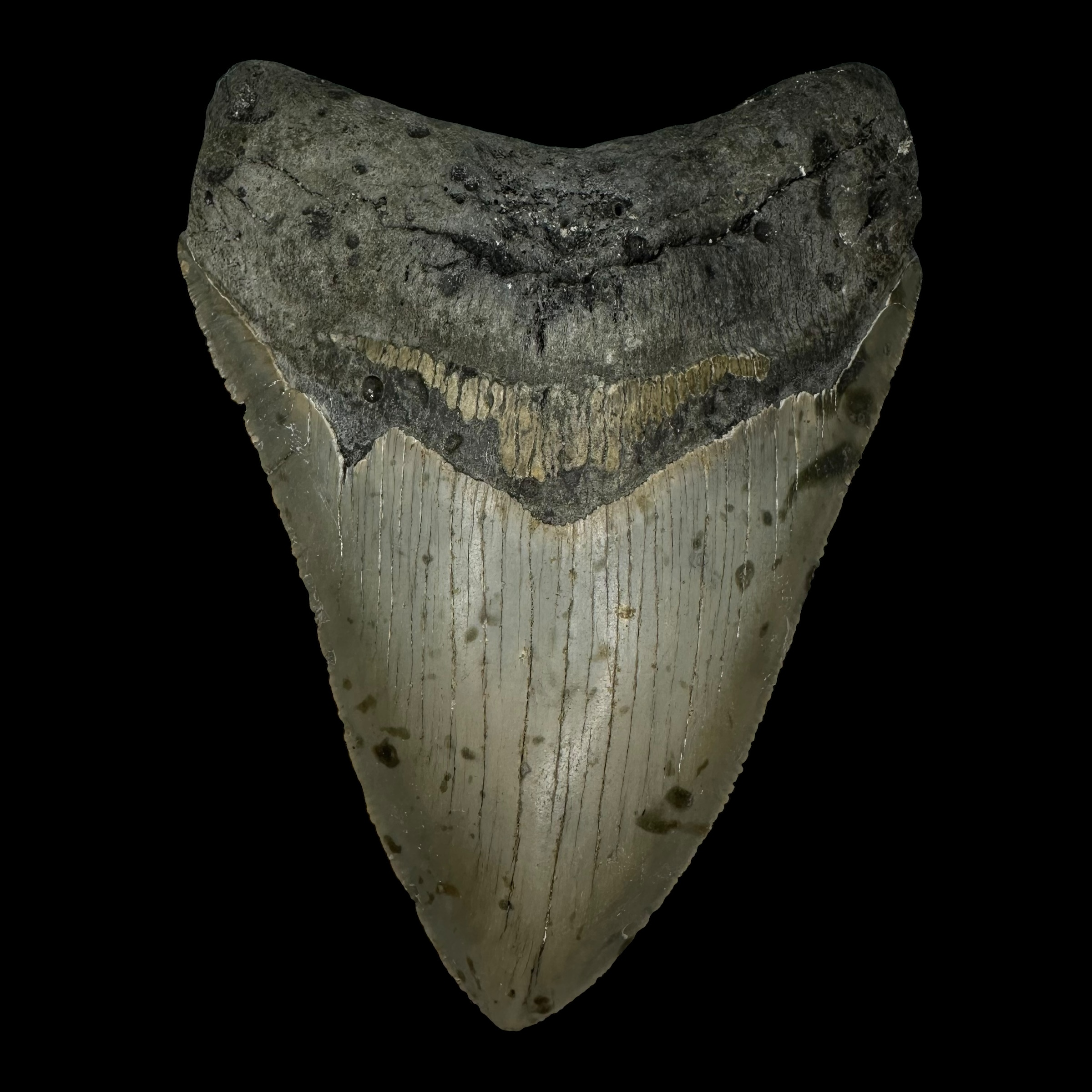
The largest shark that ever lived has fascinated scientists, collectors, and ocean enthusiasts for generations. Known scientifically as Otodus megalodon, this prehistoric predator roamed the oceans from about 23 to 3.6 million years ago and is widely believed to have reached lengths of up to 60 feet—dwarfing even the great white shark.
Its massive, serrated teeth—some exceeding 7 inches—are among the most striking fossils found across the globe. These fearsome tools were ideal for attacking whales, large fish, and other marine mammals. In fact, some bite marks on ancient whale bones match the shape and size of megalodon teeth, offering concrete proof of its power and presence in prehistoric ecosystems.
What sets the largest shark that ever lived apart is not only its size, but its role as an apex predator. Its presence ensured ecological balance by keeping prey populations in check and shaping the structure of marine food webs. Without this predator, today’s oceans might look very different.
Fossilized remains of this massive shark have been found on every continent except Antarctica. These include teeth, vertebrae, and even impressions of jaw fragments. While we’ve yet to uncover a complete skeleton due to the shark’s cartilage-based body, the available fossil record is still impressive. You can explore a collection of megalodon teeth through National Geographic’s fossil archive.
Marine biologists and paleontologists continue to study these fossils, unlocking more details about their growth rates, feeding behaviors, and environmental impact. The Smithsonian Ocean portal offers insights into the ongoing research.
Rise and Fall of the Largest Shark That Ever Lived
The evolution of the largest shark that ever lived is a story of dominance and adaptation. Scientists believe it descended from an ancient lineage of sharks called Otodontidae, which included several other large prehistoric species. Over millions of years, natural selection favored traits like thick bodies, streamlined shapes, and powerful jaws—perfect for high-speed hunting.
At its peak, megalodon ruled warm, coastal seas, preying on marine mammals like early whales and seals. It had a wide distribution across the globe, from North America and Europe to Asia and Australia. Fossils recovered from regions like the United States, Peru, and Japan show how widespread this shark really was. Check out this detailed fossil map for a global perspective.
But even apex predators face extinction. Scientists attribute the disappearance of the largest shark that ever lived to climate change, falling sea temperatures, and a decline in food supply. As oceans cooled during the Pliocene Epoch, marine mammals migrated to colder regions where megalodon could not follow. Simultaneously, competition increased with emerging predators like the orca and early great white shark. Learn more about the Pliocene climate impacts from NASA.
The combination of environmental pressure and limited prey likely pushed this giant toward extinction. New research using isotopic analysis and computer modeling continues to refine our understanding. Visit ScienceDaily for updates on fossil dating techniques and extinction theories.
Interestingly, even after its extinction, the influence of the largest shark that ever lived didn’t vanish. Its absence altered the marine food chain, allowing other species to thrive in its place.
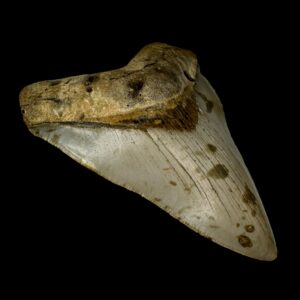
Why the Largest Shark That Ever Lived Still Captivates Us
Even millions of years after its extinction, the largest shark that ever lived remains a cultural and scientific icon. Its massive size and legendary reputation have inspired countless documentaries, films, books, and exhibitions. Shark Week on the Discovery Channel often features specials dedicated to megalodon, exploring both fact and fiction.
Museums around the world proudly display megalodon teeth and jaw replicas. These fossilized relics attract thousands of visitors each year and play a critical role in educational outreach. For instance, the Natural History Museum of London offers virtual tours showcasing fossil replicas and scientific reconstructions.
Collectors continue to seek out authentic megalodon fossils. These range from teeth embedded in rock to well-preserved specimens. While most are legally sourced, the popularity of these fossils has also led to a rise in replicas and forgeries. Read this article to learn how to identify genuine megalodon teeth.
The continuing research and fascination with the largest shark that ever lived offer valuable lessons about biodiversity, evolution, and the fragility of marine ecosystems. It serves as a cautionary tale of how even the mightiest creatures can vanish if they cannot adapt to rapid change.
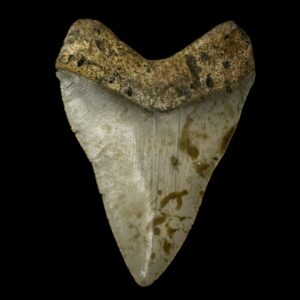
Quick Recap:
-
Name: Otodus megalodon
-
Length: Up to 60 feet
-
Teeth: Serrated, over 7 inches long
-
Era: Miocene to Pliocene (23 to 3.6 million years ago)
-
Extinction Causes: Climate change, prey loss, competition
-
Fossils Found: North & South America, Europe, Asia, Australia
-
Current Relevance: Ongoing scientific study and cultural fascination
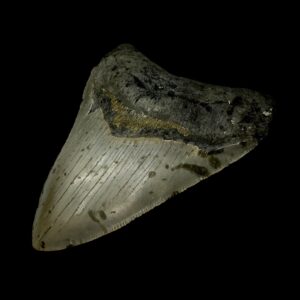
The Legacy Beneath the Waves
The story of the largest shark that ever lived is more than a tale of size and strength—it’s a reflection of evolution, adaptation, and extinction. Even today, the search for new fossils continues, uncovering more clues about this once-dominant species. Recent discoveries of exceptionally large teeth in parts of Africa and Asia suggest that some populations may have reached even larger sizes than previously thought.
Researchers use modern tools like 3D scanning, CT imaging, and isotopic analysis to reconstruct the habits and habitats of these ancient sharks. This combination of old-world discovery and new-age technology allows for a deeper understanding of how the largest shark that ever lived interacted with its environment.
Despite being extinct for millions of years, the fascination with the largest shark that ever lived has only grown. Many museums are now creating immersive exhibits where visitors can walk through life-sized jaw replicas, dive into virtual-reality prehistoric oceans, and even examine real fossilized teeth up close. Check out the Florida Museum of Natural History for one of the most impressive collections available to the public.
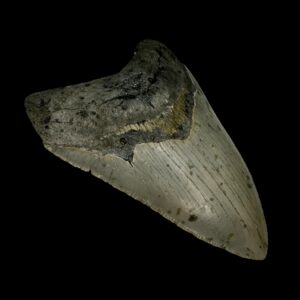
Cultural Phenomenon and Misconceptions
The cultural presence of the largest shark that ever lived goes far beyond science. Hollywood blockbusters like The Meg have reimagined this ancient predator as a terrifying creature lurking in the modern ocean depths. While these depictions are highly exaggerated, they reflect the lasting impression this species has left on our collective imagination.
Unfortunately, such portrayals can lead to misconceptions. Some conspiracy theorists and cryptozoologists claim the largest shark that ever lived might still be alive, hidden in deep trenches. However, scientists strongly disagree. No physical evidence supports the idea that any population of megalodon has survived into modern times. As compelling as these myths may be, the fossil record firmly places megalodon’s extinction over 3 million years ago.
Still, the conversation about the largest shark that ever lived continues to inspire interest in ocean conservation. By learning about this predator’s rise and fall, we gain a better appreciation of how fragile marine ecosystems truly are. We are reminded that even apex predators can vanish when their environments become uninhabitable.
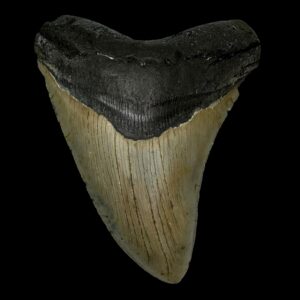
Continuing the Journey of Discovery
As paleontologists dive deeper into the sedimentary layers of Earth’s history, new surprises continue to emerge. From unusual tooth patterns to evidence of juvenile nurseries, each finding reshapes our understanding of the species.
Educational platforms and science publications frequently share breakthroughs related to the largest shark that ever lived. If you’re eager to stay updated, follow trusted sources like Live Science, Science.org, and Nature.
For enthusiasts, hobbyist collectors, and educators, this ancient predator serves as a bridge to learning about marine life, extinction events, and the forces of evolution. As long as curiosity drives us, the legacy of the largest shark that ever lived will remain vibrant and relevant.
© 2025 FossilExchange. All rights reserved.
